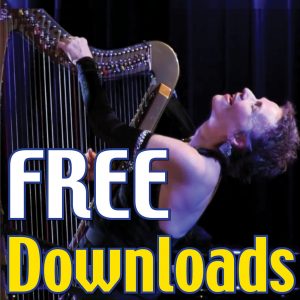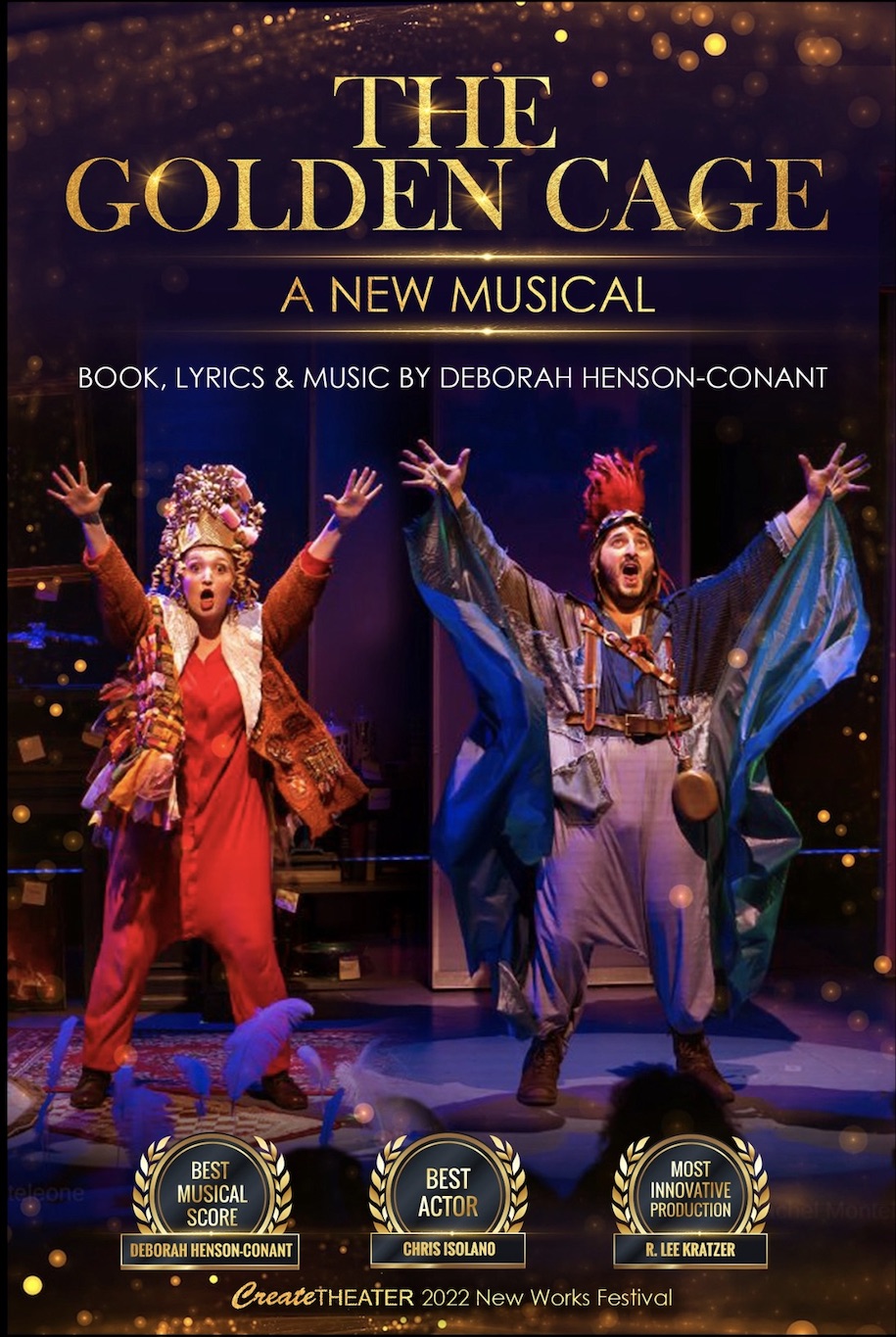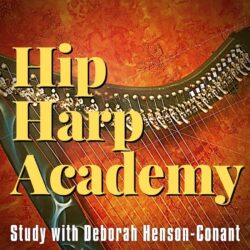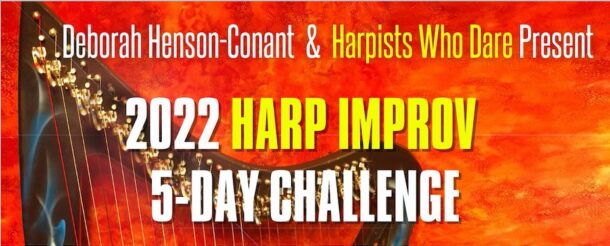It’s a little before 7 on a Thursday morning. I’m heading to NYC to see a workshop of my friend Gunnar’s new musical “The Shaggs – A History of the World.” I’ve just discovered the Megabus, which costs less than $15 from Boston to NYC, is a subway ride away and has free wi-fi and electrical outlets. For 30 years I’ve been searching for a cheap, enjoyable way to get to NYC, so I’m psyched. And I feel like I’m already on an adventure.
Jonathan drops me off at the ball field and I head with my small bags to the main path leading to the subway station. As the two paths converge, I meet another early-morning walker. I ask if he’s on the way to the subway, if he’s going to work or on an adventure and, while I can see the hesitation I’m familiar with now as a transplanted Californian on the East Coast, he doesn’t shut down completely and we fall into pace together and keep talking.
He’s on his way to the Boston Public Library to research an idea a friend has challenged him to describe. And as we walk, and then ride he explains it to me. He calls it “The Shape of Empty Space.”
This term is so beautiful I stop him, take out my notebook and write it down. I know I’ll forget it if I don’t, and then I’ll only remember the feeling of marvel about a phrase I can’t remember.
I see it immediately – the words for something I’ve tried many times to describe.
I’m sure he’s talking about something different from what I’ve experienced, but what I see are the shapes of music. The structures I try to explain to my students. The idea that music is where time and space co-exist, in structures built of the two. Fundamental. The shape of empty space.
I’m sure my interpretation is completely different than what he meant. Yet, this phrase, ‘The Shape of Empty Space” has become a tiny work of art for me. He’s not trying to be enigmatic, he even explains his own specific meaning, but this tiny art-atom is already working on me, giving me a name for an experience I didn’t know how to name, and which is fundamental to my own work and ideas.
And I think about this:
I’m forever arguing with myself about whether to tell stories in my concerts or not. Each piece has a specific meaning for me, a story-line, a place. The music expresses the feelings of characters, or scene or event. Nearly every piece I play is a piece of music-theater for me. But the theater might be different for each member of the audience.
So the question is: do I keep the stories private, not chancing I might destroy the stories the music might create for them — or do I tell my story and trust the audience to make their own stories out of mine? If I define the shapes I make in empty space does it engage their own imagination or suppress it?
And one more question … the man from the subway — if I use his beautiful phrase to express my own meaning … if it becomes the title of a song, the inspiration for a piece of music – have I stolen it? How do I retain his ownership of it once it begins to inspire me?






The stories and the songs go together like
PB&J. They blend, they enhance each other
and we gobble
them
up.
Oh yes, tell stories!
When I was a young music student, all full of knowledge but few experiences, I learned to listen to music as one would perform a dissection, and felt guilty if the music inspired my mind to wander into stories.
I am grateful when the artist gives me permission to move beyond an abstract appreciation for their performance, and attach emotions & personal experience to the music.
Wow! That’s so interesting — as if you thought you needed to keep it some kind of ‘pure’ experience. I hereby give you permission … forever, and for all music! And not just music …